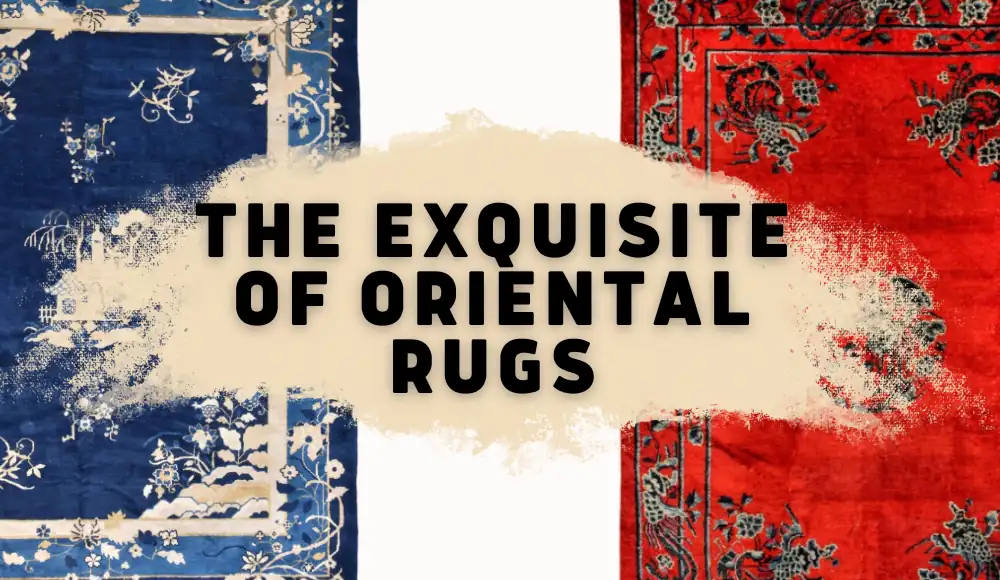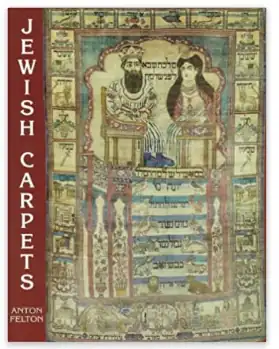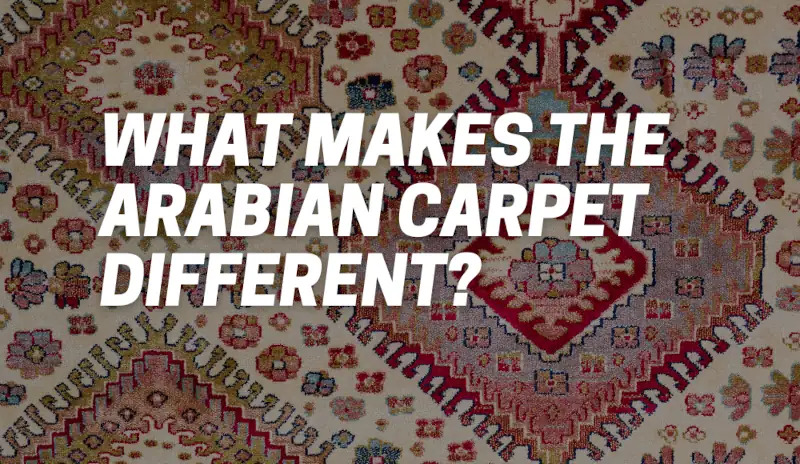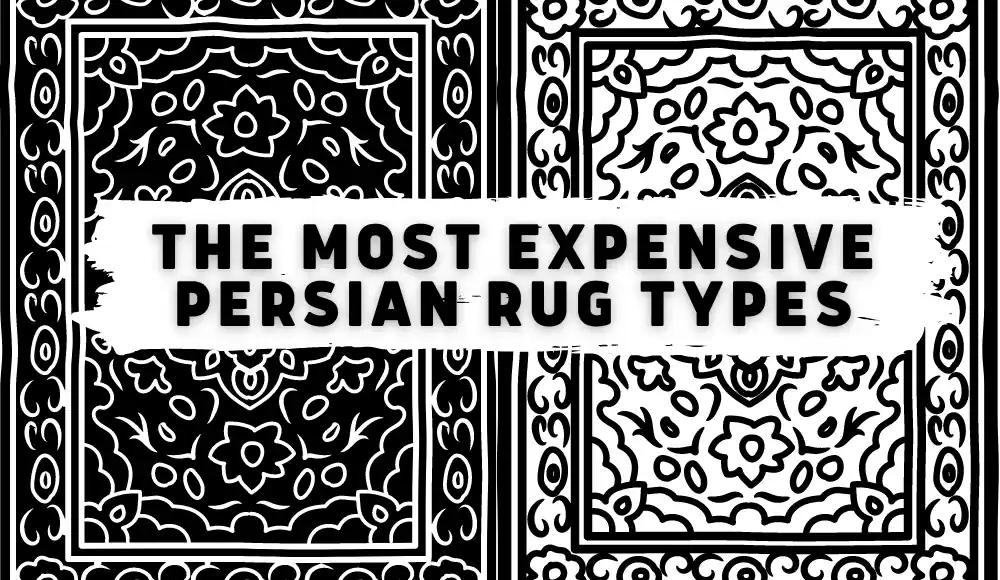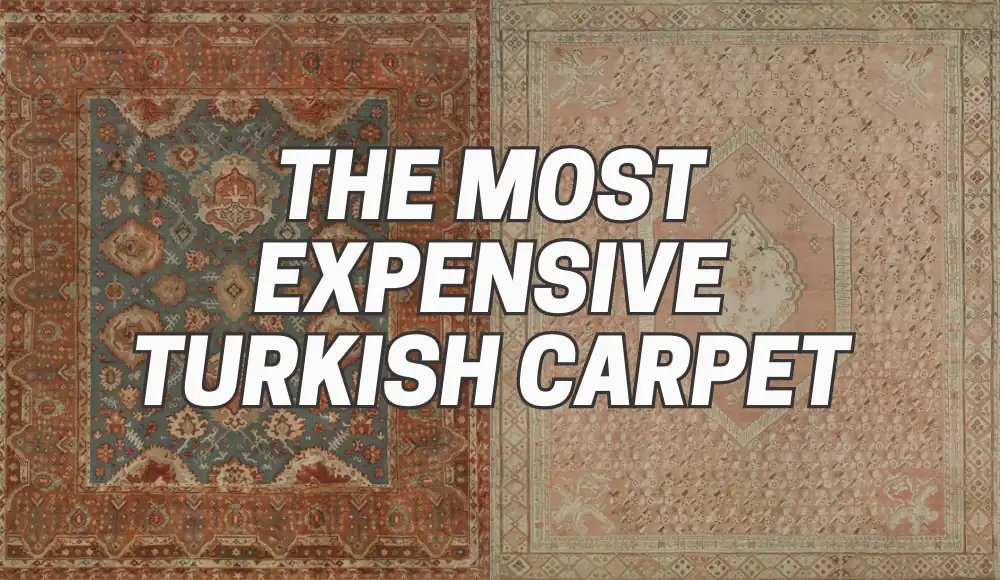Last updated on October 18th, 2023 at 03:06 am
Rugs have been an integral part of home decor for centuries, and they are more than just a piece of cloth to cover the floor. They add warmth, texture, and color to any room, and can even be considered as a work of art. Among the most expensive rugs in the world, there are some beautiful pieces made by skilled artisans from Morocco, Turkey, Israel, Afghanistan, and China.
Each of these countries has a unique textile tradition that contributes to the diversity and beauty of the global rug industry and especially the unique Oriental rugs.
Moroccan Rugs: A Fusion of African and Islamic Styles
Moroccan rugs are famous for their beautiful geometric patterns, bright colors, and soft texture. They are handmade by women from various tribes in Morocco, who use traditional techniques that have been passed down from generation to generation.
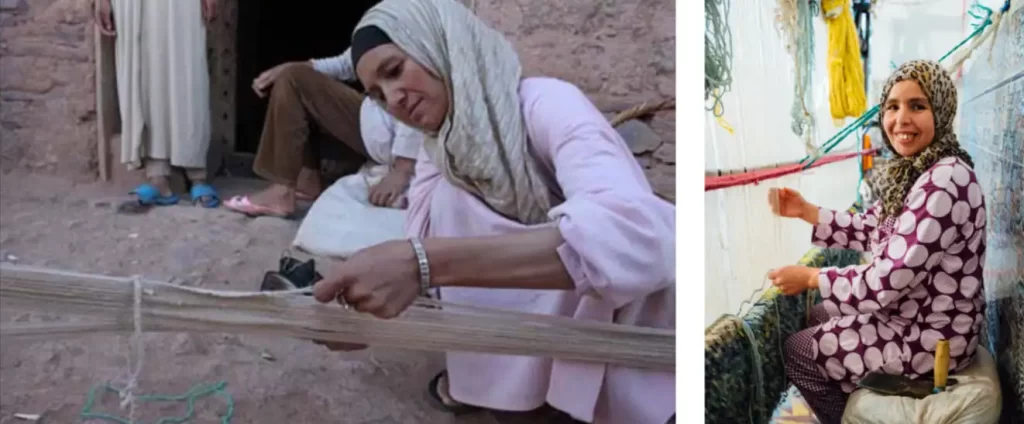
Moroccan rugs are known for their unique fusion of African and Islamic styles, which create a beautiful blend of different cultures. The variety of Moroccan rug types is hard to count.
These rugs are often made from wool, and they can be used to add a cozy and rustic touch to any room.
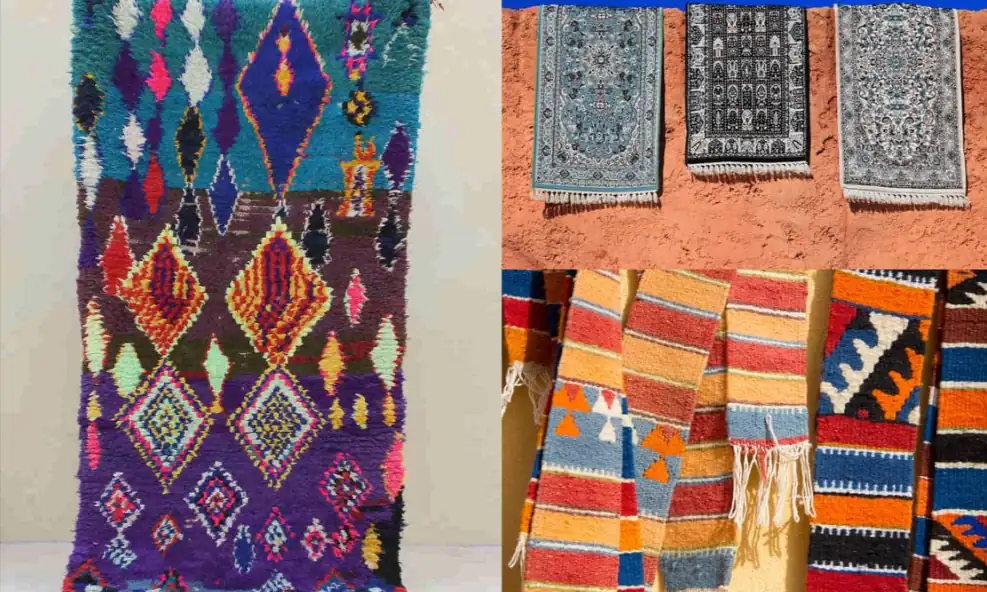
Turkish Rugs: A Timeless Classic
Turkish rugs are among the most expensive rugs in the world due to their exquisite quality and timeless design.

They are handwoven by skilled artisans, using natural fibers such as wool, silk, and cotton. Turkish rugs are known for their intricate patterns and vibrant colors, which are inspired by the country’s rich cultural heritage.
Vintage Turkish rug 8×10
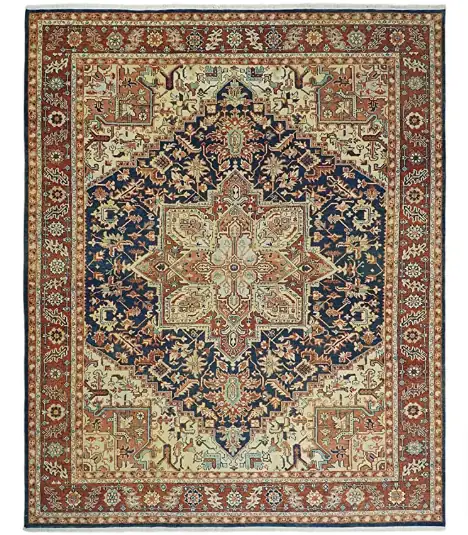
These rugs can add elegance and sophistication to any room, and they are often considered as a valuable investment due to their durability.
Israeli Rugs: A Modern Twist on Traditional Design
Israeli rugs are a blend of traditional Jewish designs and modern aesthetics. They are handmade by artisans who use natural fibers such as wool, cotton, and silk.
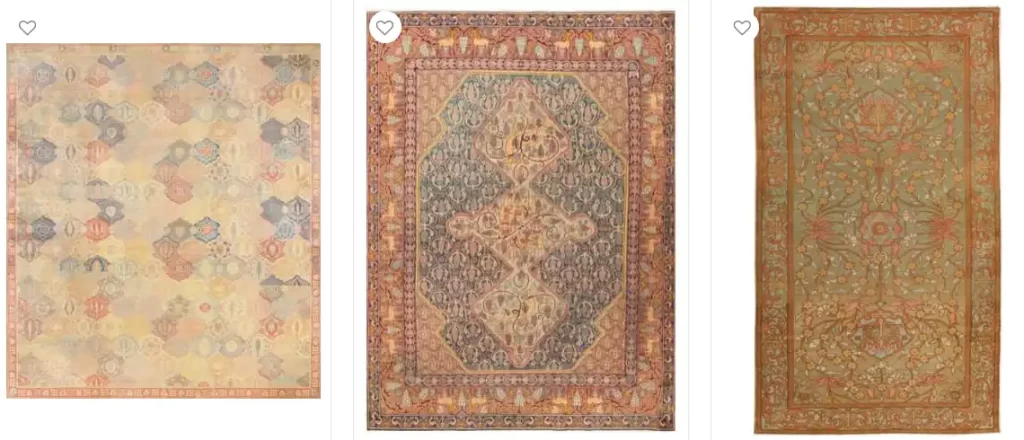
Israeli rugs are known for their bold patterns and bright colors, which are inspired by the country’s vibrant culture. If you want to discover more about the history of Israeli rugs and carpets, you may be interested to read the book “Jewish Carpets” by Anton Felton.
Book: “Jewish Carpets” by Anton Felton, 2006
Israeli rugs can add a unique touch to any room, and they are often considered as a contemporary take on traditional designs.
Afghan Rugs: A Reflection of Tribal Culture
Afghan rugs are handmade by skilled artisans who use traditional techniques that have been passed down from generation to generation. These rugs are known for their intricate patterns and soft texture, which are often made from wool or silk.
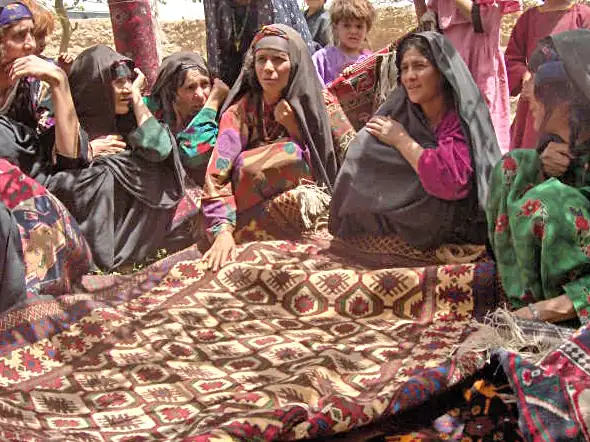
Afghan rugs are a reflection of the country’s rich tribal culture, and they can add a cozy and rustic touch to any room. They are often considered as a valuable investment due to their durability and beauty.
Handmade Afghan rugs
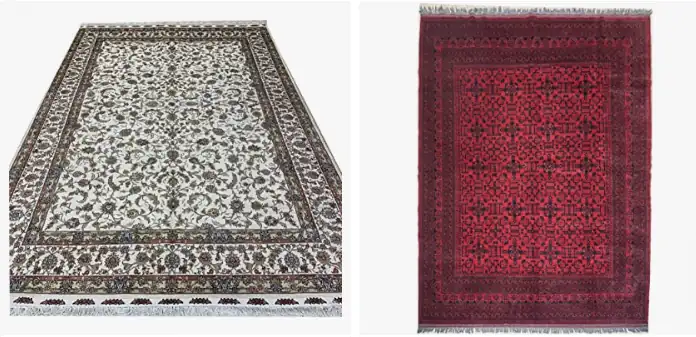
Chinese Rugs: A Symbol of Elegance and Luxury
Chinese rugs are among the most expensive rugs in the world due to their exquisite quality and timeless design.
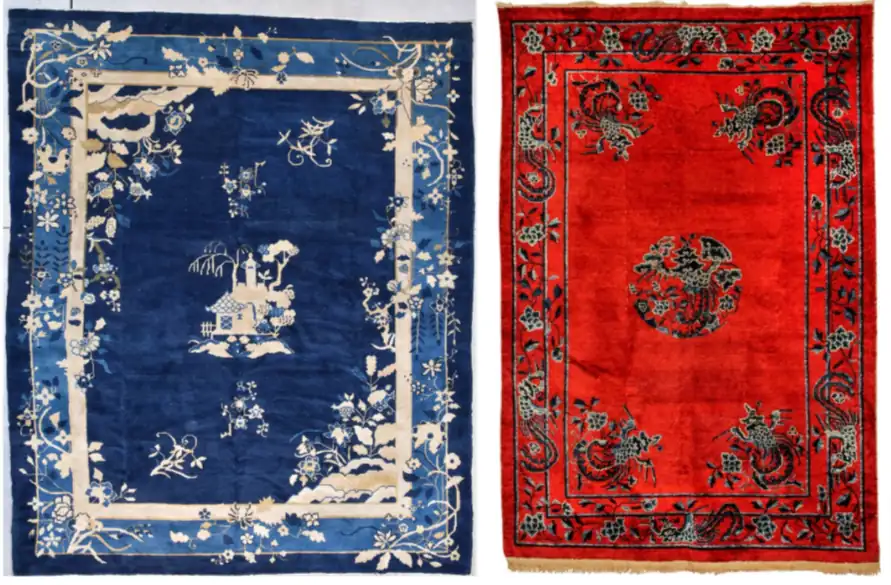
They are handwoven by skilled artisans, using natural fibers such as silk and wool. Chinese rugs are known for their intricate patterns and elegant designs, which are often inspired by the country’s rich cultural heritage.
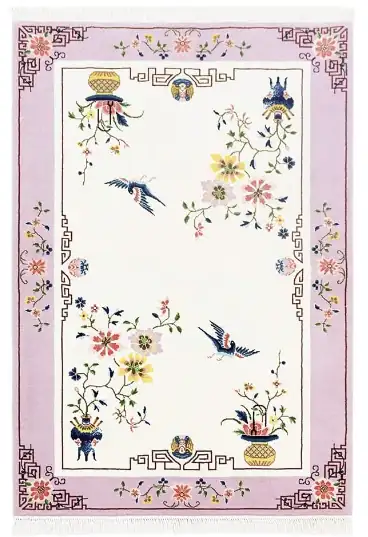
These rugs can add a touch of luxury and sophistication to any room, and they are often considered as a symbol of elegance.
A Comparison of Global Rug Traditions
| Rug Tradition | Key Features | Materials | Price Range |
|---|---|---|---|
| Moroccan | Geometric patterns, bright colors, soft texture | Wool | $500 – $10,000 |
| Turkish | Intricate patterns, vibrant colors, timeless design | Wool, silk, cotton | $1,000 – $50,000 |
| Israeli | Bold patterns, modern aesthetics, traditional Jewish designs | Wool, cotton, silk | $500 – $15,000 |
| Afghan | Elegant designs, intricate patterns, symbols of luxury | Wool, silk | $500 – $20,000 |
| Chinese | Elegant designs, intricate patterns, symbol of luxury | Silk, wool | $1,000 – $ |
Tips for Choosing Expensive Rugs
When it comes to choosing an expensive rug for your home, there are several factors to consider, such as:
- Size: Make sure to measure the space where you want to place the rug, so you can choose the right size that fits the area.
- Material: Consider the durability and maintenance of the rug’s material, and choose one that fits your lifestyle and budget.
- Design: Look for a rug that complements your existing decor and adds a unique touch to the room.
- Color: Choose a color that matches the room’s color scheme and creates a cohesive look.
Caring for Expensive Rugs
Once you have invested in an expensive rug, it is important to take proper care of it to ensure its longevity and beauty. Here are some tips for caring for your expensive rug:
- Regular cleaning: Vacuum your rug regularly to remove dirt and dust, and avoid using a beater brush, which can damage the fibers.
- Spot cleaning: Immediately clean any spills or stains using a mild detergent and water, and avoid using harsh chemicals that can damage the rug.
- Professional cleaning: Have your rug professionally cleaned every few years, depending on its condition and use.
- Rotation: Rotate your rug every few months to avoid uneven wear and tear.
Conclusion
Expensive rugs from Morocco, Turkey, Israel, Afghanistan, and China offer a beautiful and diverse range of textile traditions that can add value and style to any home.
By considering the key features, materials, and price ranges of these rug traditions, as well as caring for them properly, you can make a valuable investment in your home decor that will last for years to come.
